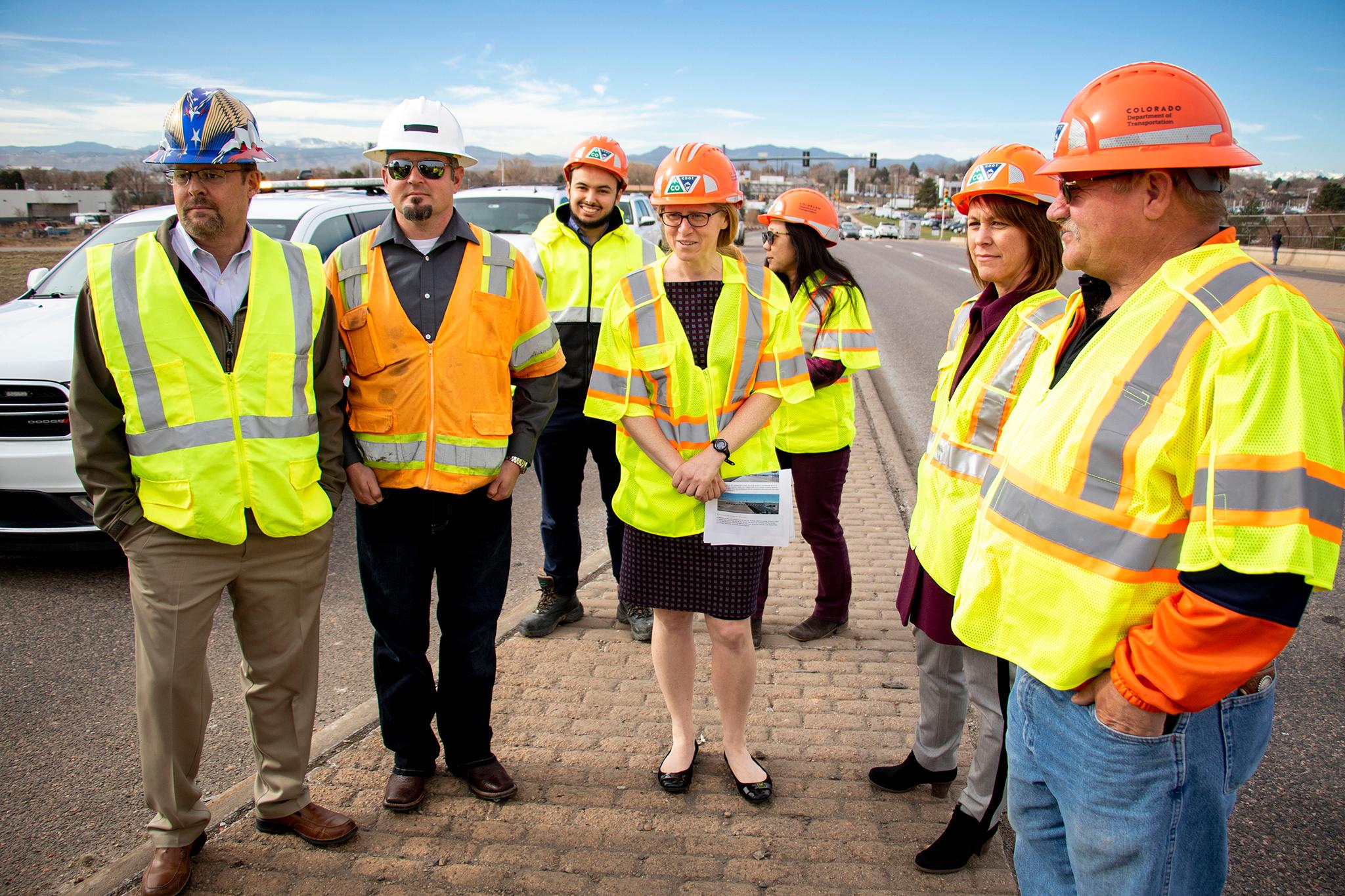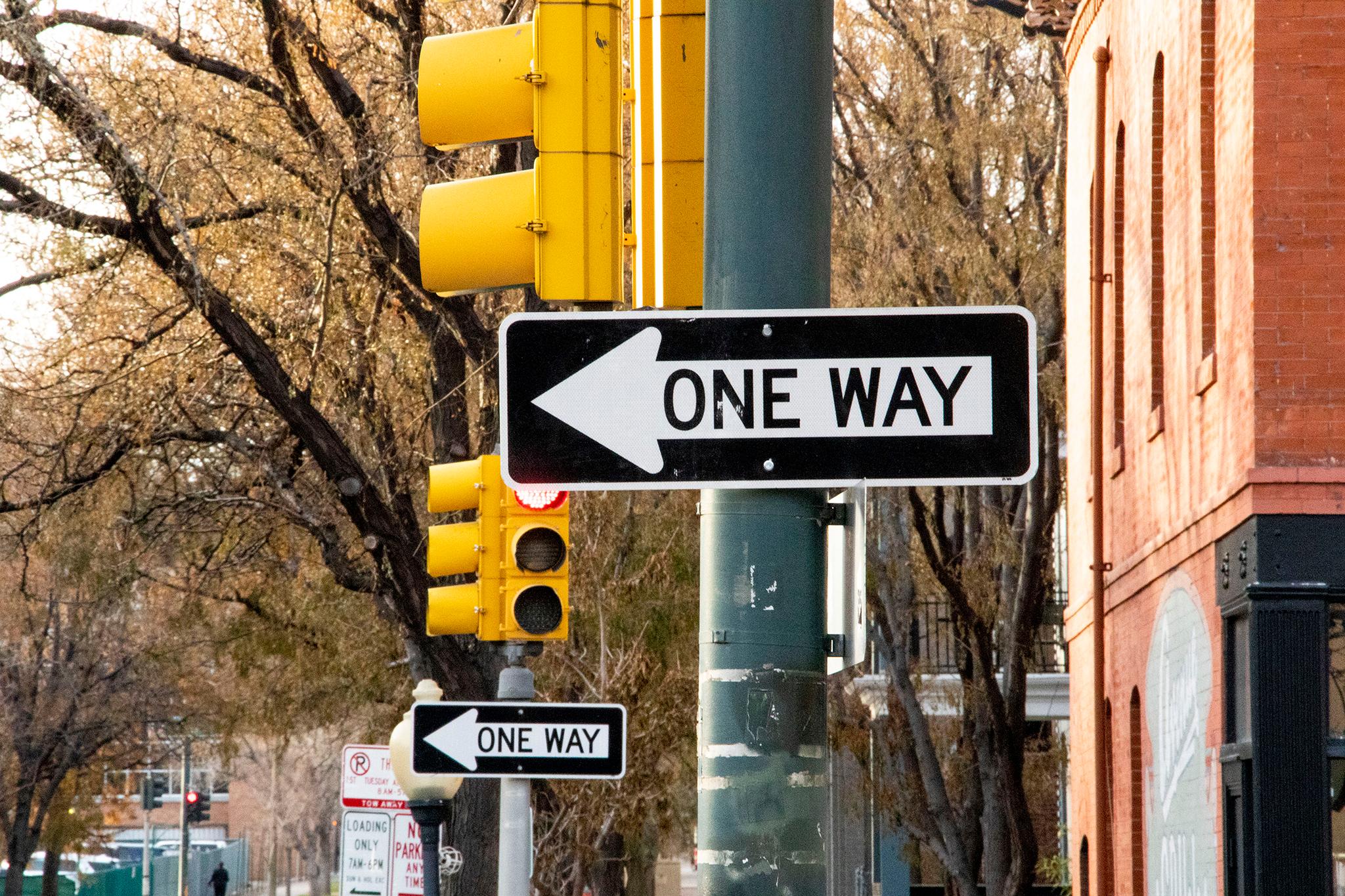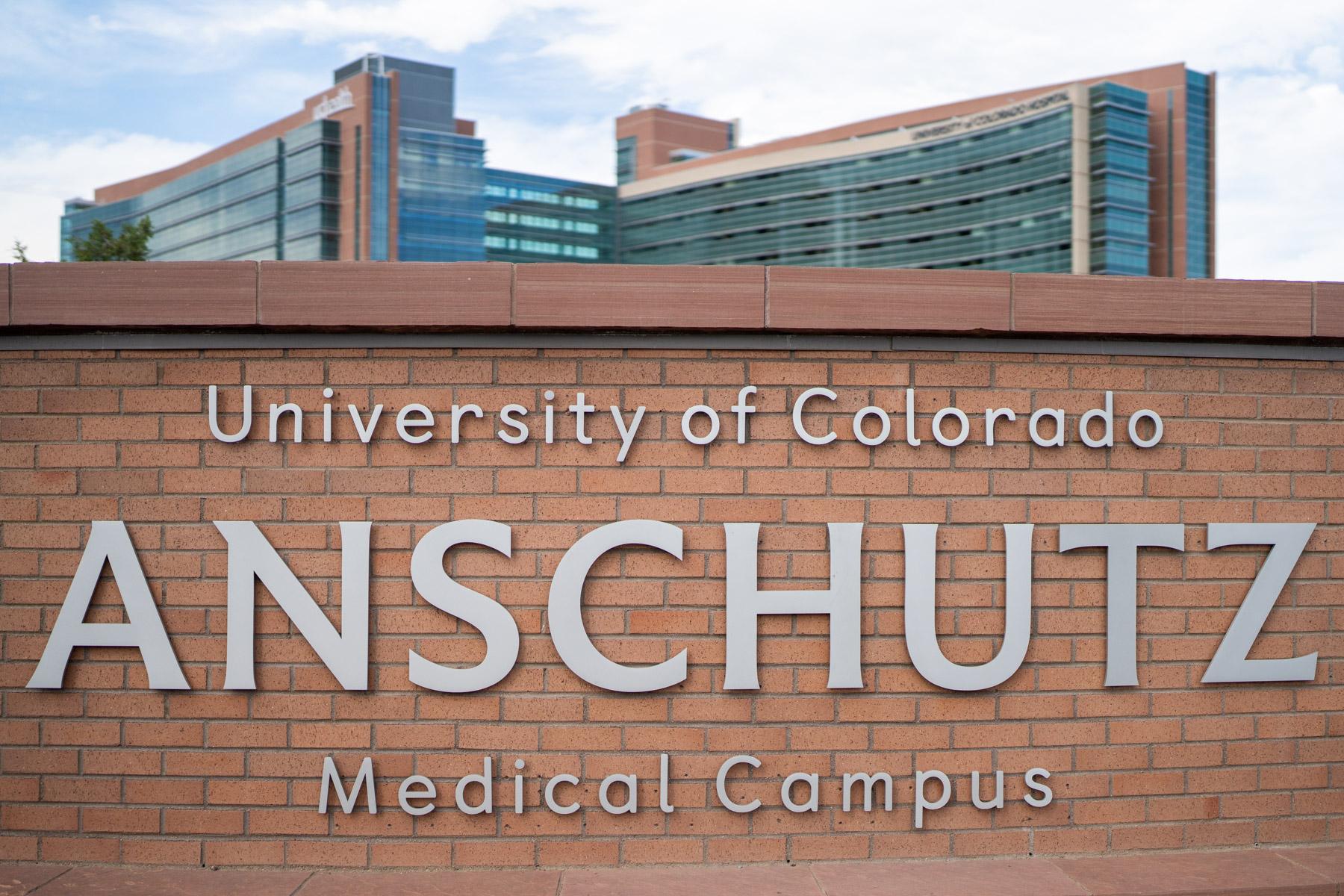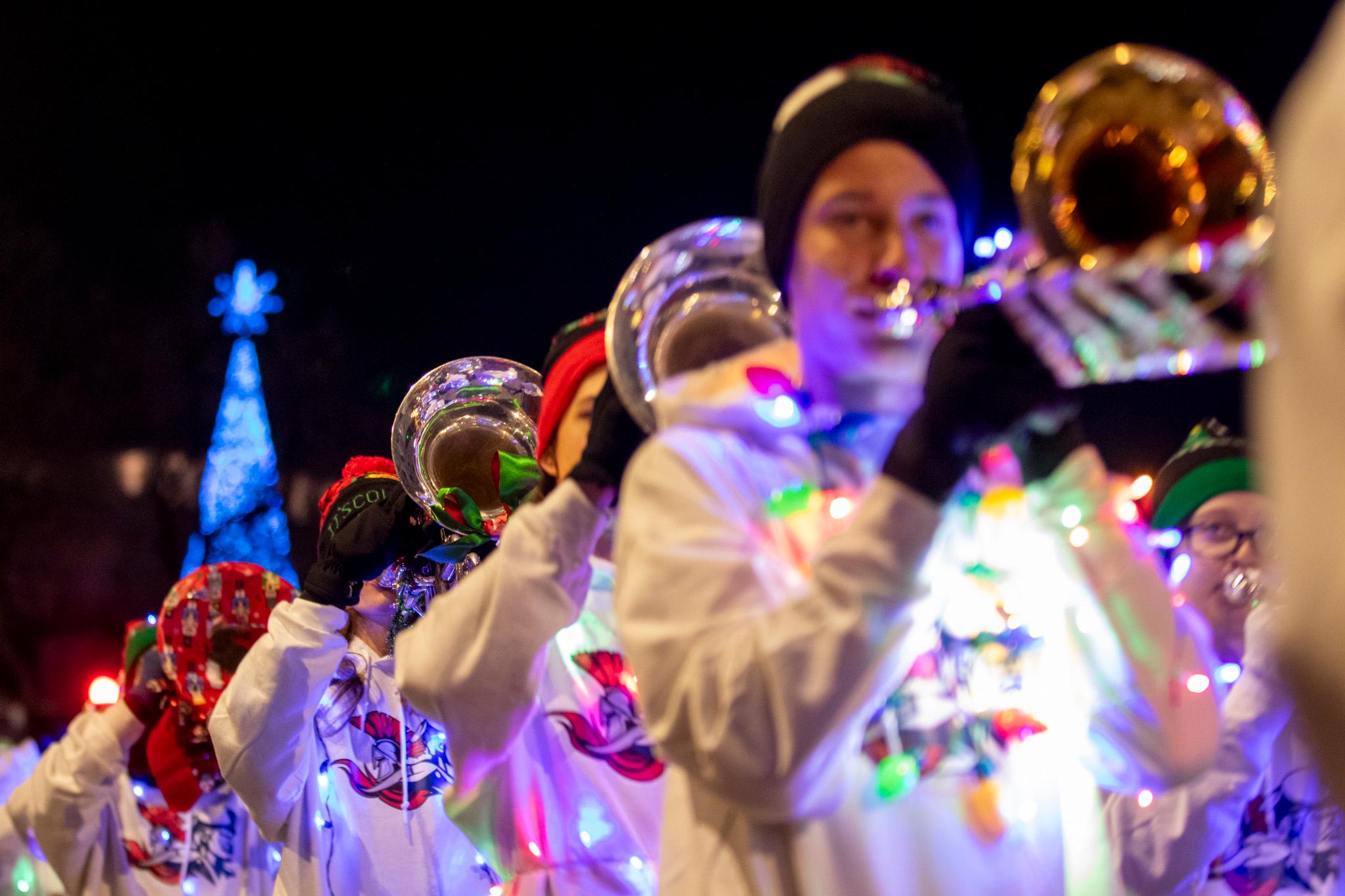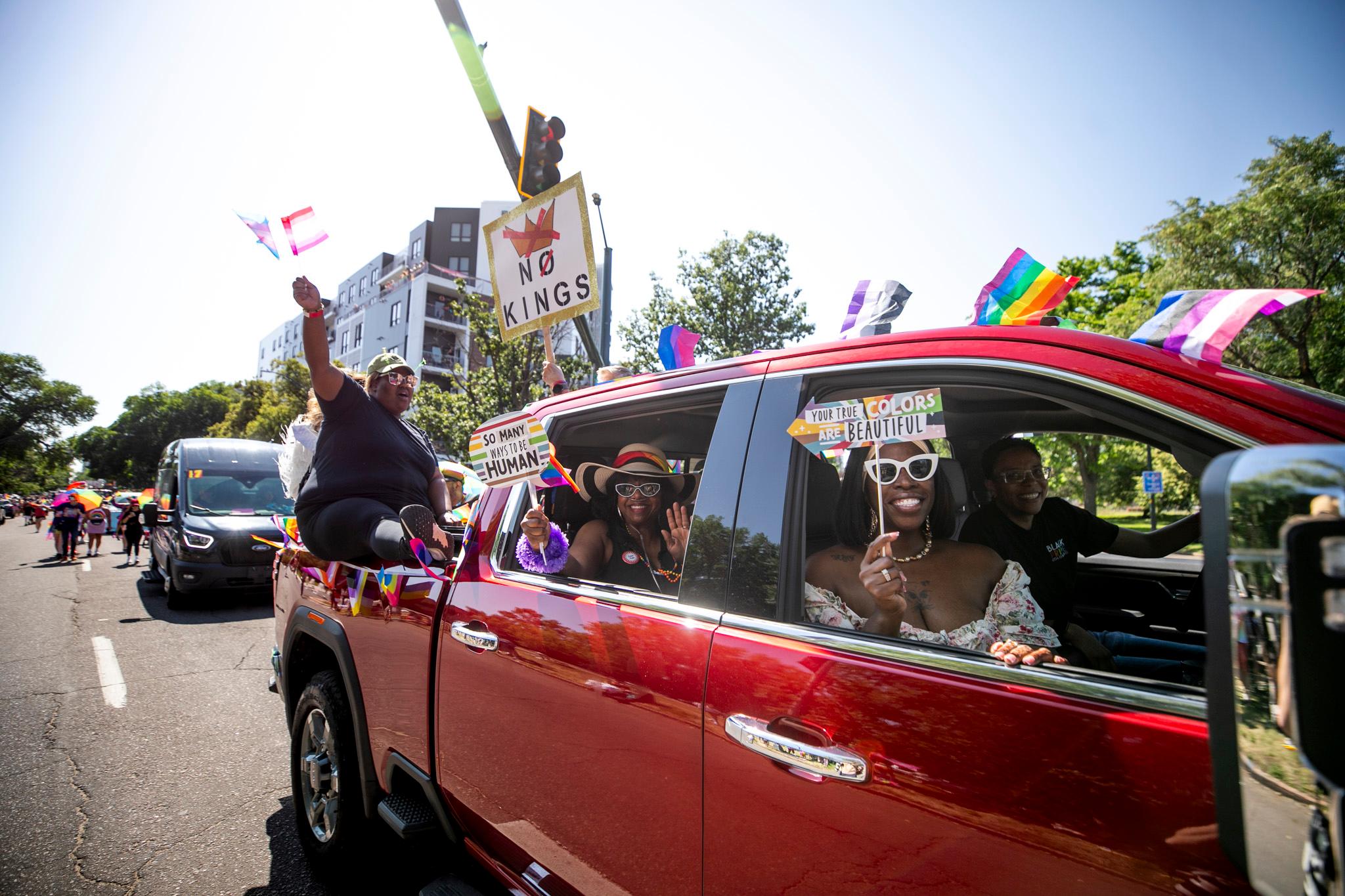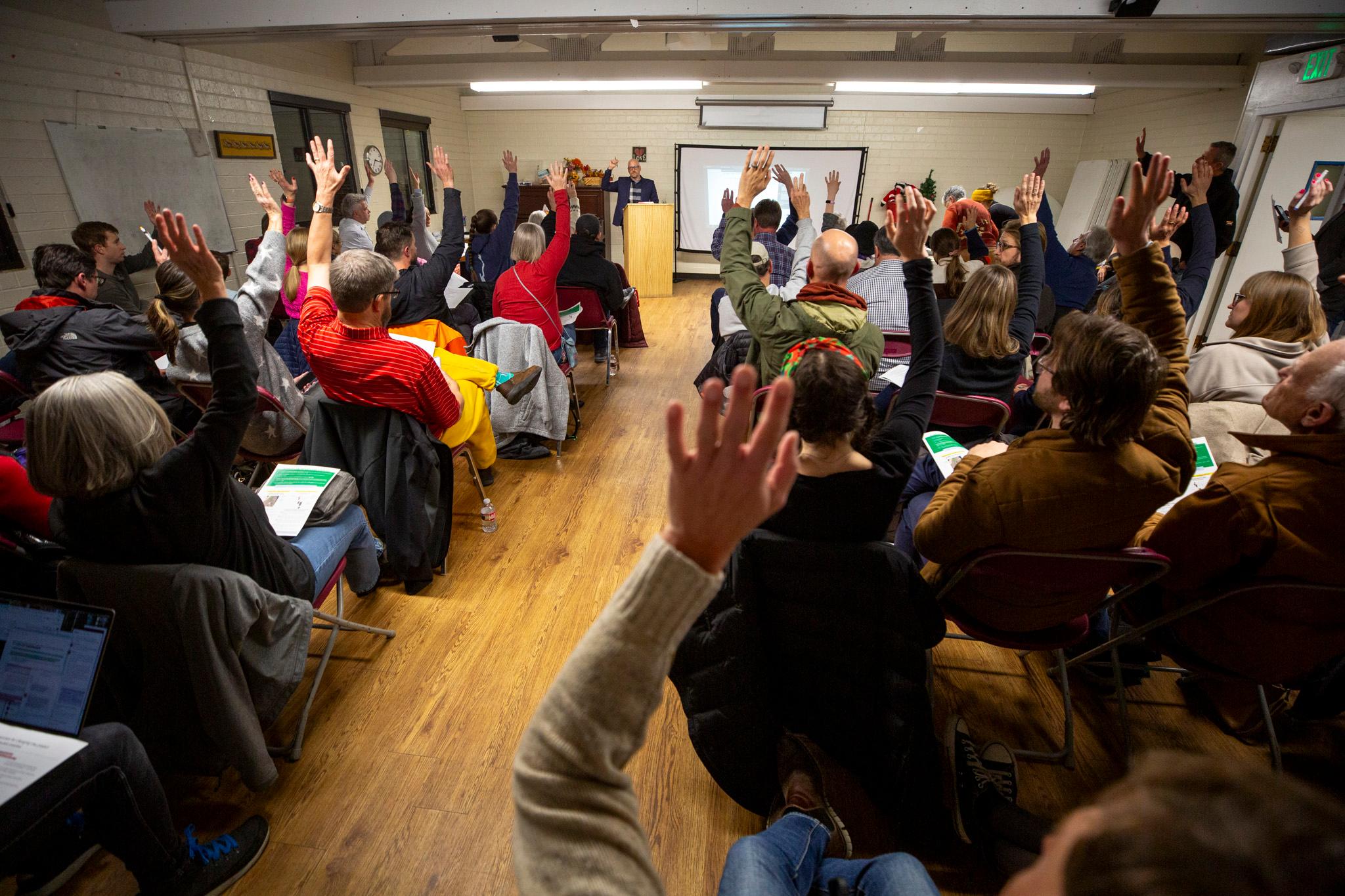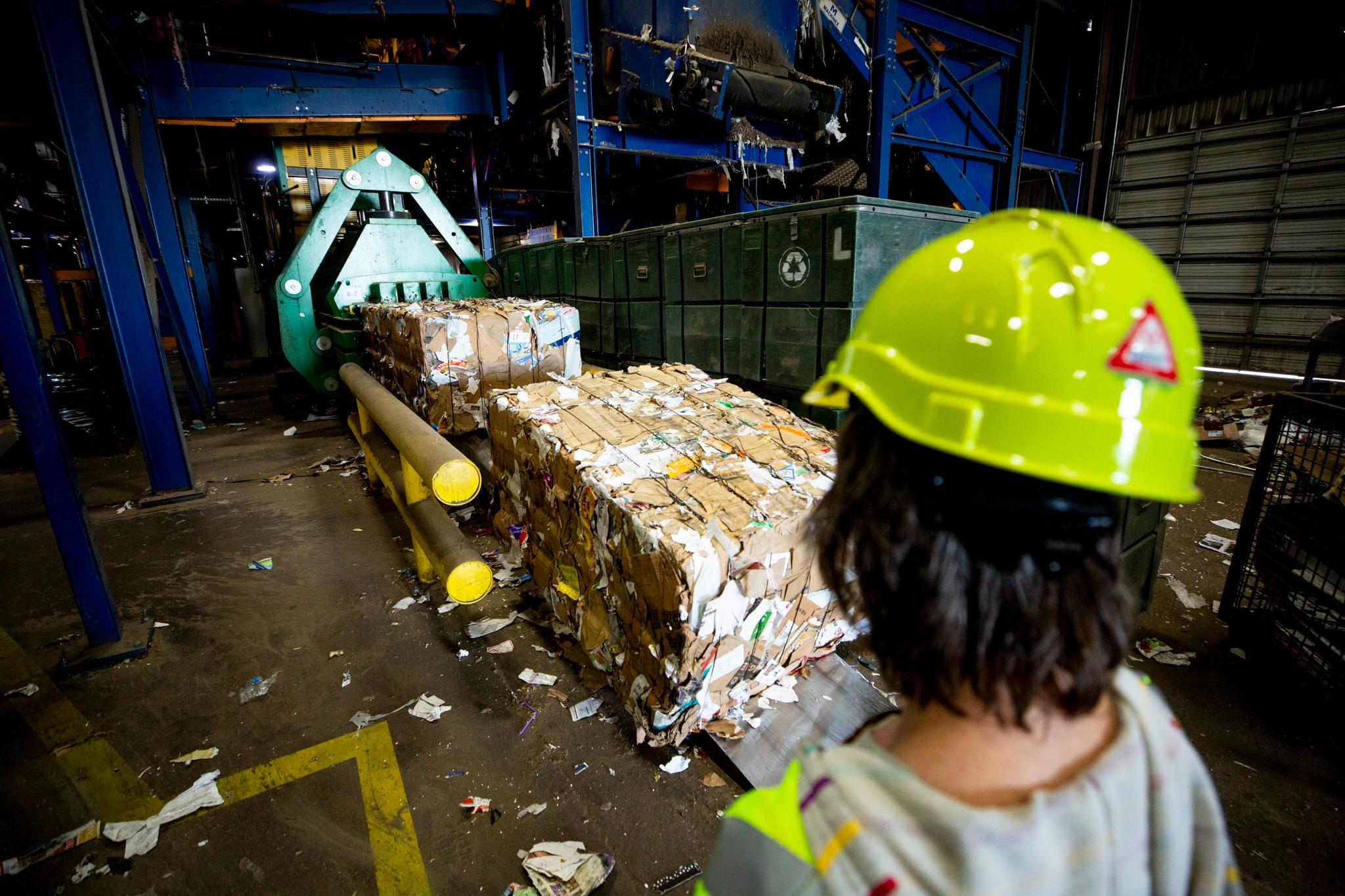On Tuesday, the Colorado Department of Transportation showed off a thermal camera system meant to track and stop drivers traveling against the current on one-way onramps.
If the camera detects someone driving the wrong way, it flashes a sign that says "wrong way" and notifies CDOT personnel. The agency has tested the setup along the I-25 express lane's on-and-off-ramp at 70th Avenue over the last few months.
We wondered what it would take to employ something similar on Denver's one-way streets like 6th, 8th, 13th, 14th, 17th and 18th avenues, Logan Street, Grant Street -- you get the picture.
Nancy Kuhn, spokeswoman for Denver Public Works, said the city will be watching CDOT's experiment to see if the tech might work on smaller roads, adding that the department "could be open to expanding the application to city streets in the future."
Here's what I know:
This tech is not cheap.
According to CDOT, each camera setup costs about $13,000. More than half of that -- $8,000 -- is for the blinking signs alone. That doesn't include the software, which will cost the agency an additional $14,000 to operate up to 200 cameras if CDOT Executive Director Shoshana Lew decides to go all the way after the pilot program.
It sounds like a lot, but CDOT Lew framed this cost as an overall money saver. Car crashes are materially expensive and you can't put a price on a life saved. Lew called the tech an "efficient" solution.
Still, there's a lot more one-way intersections in Denver than there are ramps leading to I-25's express lane, and the cost would likely add up quick.
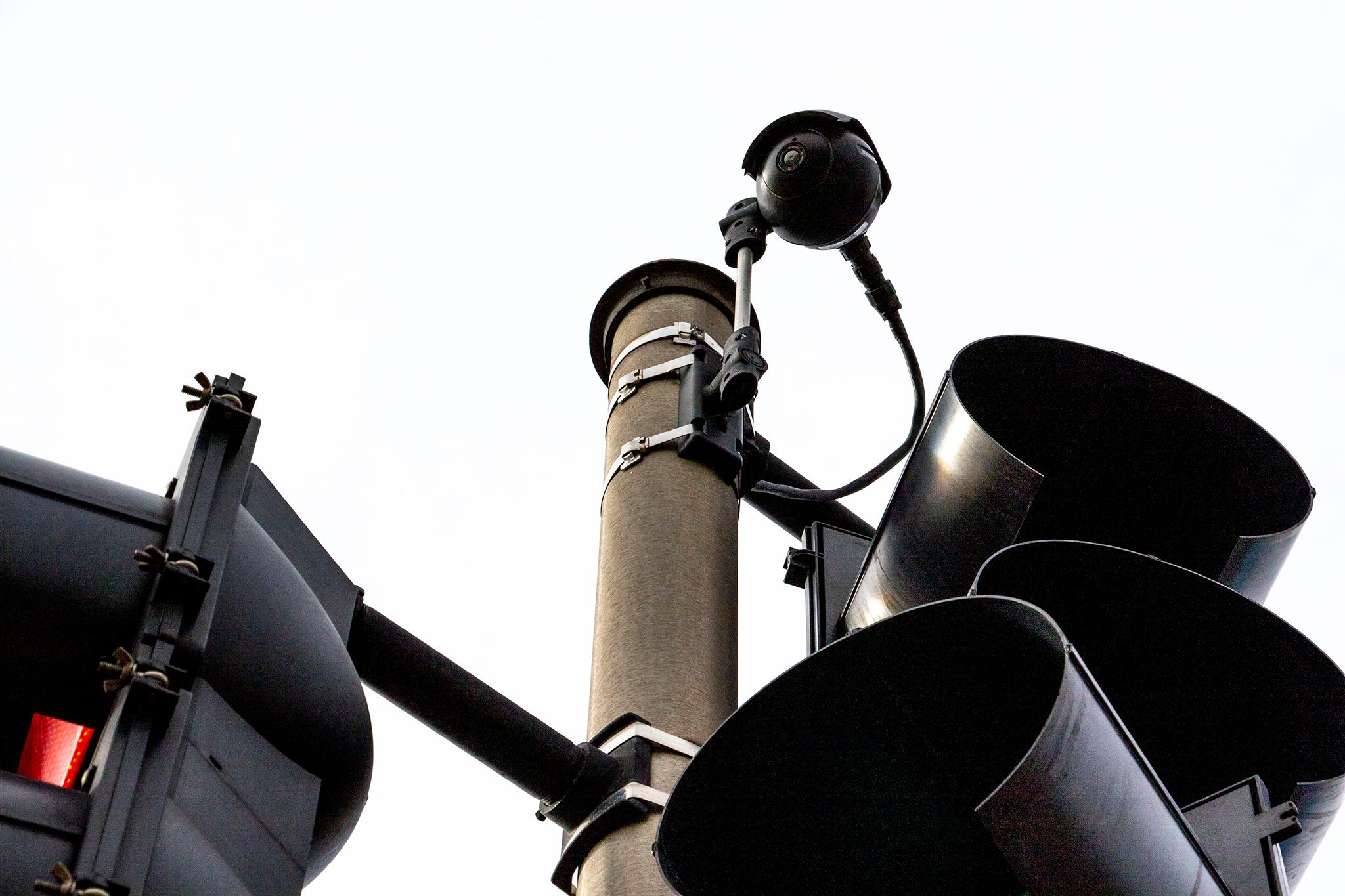
Wrong-way driving is a matter of life and death.
Presley Fowler, a CDOT spokeswoman, told Denverite there have been four wrong-way crashes at the 70th Avenue expressway ramp in the last decade. It might not sound like many, but wrong-way crashes tend to be of "graver consequence," Fowler said. It was enough for the roads department to pay for the camera.
This particular ramp is confusing. Some days it's an onramp to the expressway. Sometimes it's an offramp. The expressway changes direction depending on the time of day.
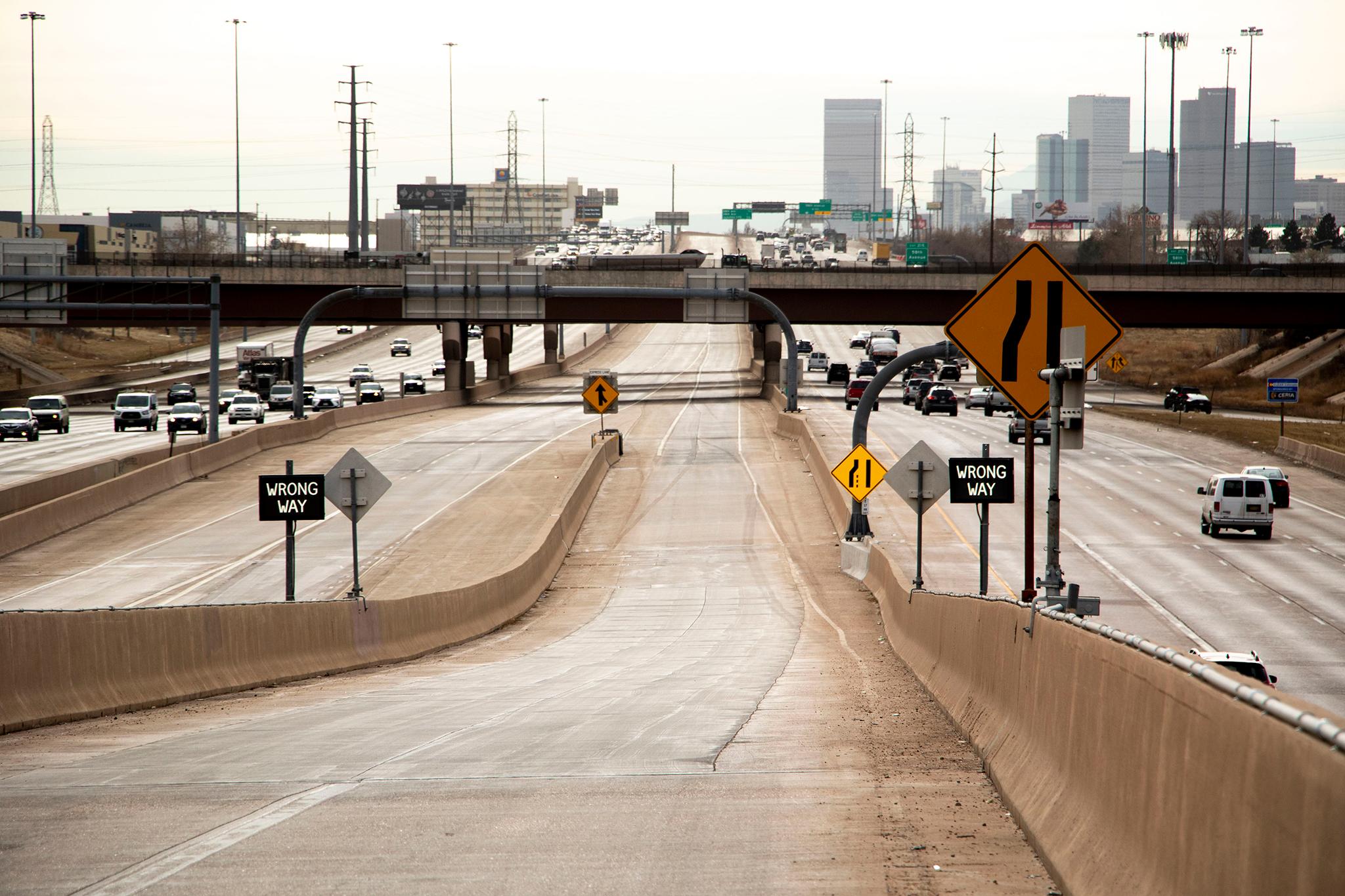
Denver's streets work in a different context. Each year, since 2013, DPD reports between 30 and 50 crashes involving wrong-way driving, and they weren't all on one-way streets. Four people have died and 23 have been seriously injured in crashes relating to wrong-way driving since 2013. Only one of those fatalities happened on a one-way street.
Kuhn said her department has had to react to high-crash areas. Public Works recently reworked the intersection at 13th Avenue and Xenia Street because staffers saw an uptick in wrong-way crashes there.
The tech seems to be working.
CDOT's Lew said the system has already stopped four drivers from heading into oncoming traffic in the last few months, and she sounded pretty happy about that. The agency will continue to test it until the spring of 2020 and then decide whether to expand it across the region.
